This is an excellent 30,000 ft view of diaster medicine.
- Disaster means demand > resources – goal is to keep it an ‘incident’ and not a ‘disaster’.
- What constitutes a disaster may differ by facility, time of day, impact on the facility itself (damaged facilities or systems cannot take care of patients or keep staff safe as easily), and whether or not the incident impact is limited, or ongoing (bridge collapse vs. pandemic).
- Incident management (Incident command system or ICS) is the way in which we coordinate the response resources to move from a reactive to a proactive phase, setting objectives to take control of the incident.
- CO-S-TR is a framework for the early response to a major incident
- Command, control, communication, coordination (C4)
- Space, staff, stuff, special (Logistics)
- Triage, treatment, transport, tracking (Operations)
- HICS (Hospital Incident Command System) is what we use as our ICS model.
- Surge capacity is the ability to expand to meet larger than normal demand.
- Conventional capacity means usual beds in usual locations.
- Contingency capacity means functionally equivalent care provided in atypical locations (PACU, for example).
- Crisis capacity means we are stretching resources to the point where there is a risk to the patient of a poor outcome but it’s the best we can do in the situation (cot-based care, allocation strategies for medications, for example).
- Key issues that arise in all incidents are communications and patient tracking.
- After-action analysis helps identify issues that either went well (and why) and those that need to be improved (and how).
Compiled by Dr. John Hick, Medical Director for the Office of Emergency Preparedness with the Minnesota Department of Health.
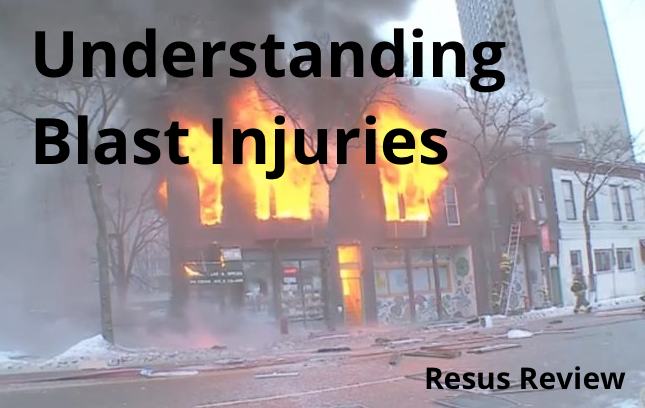
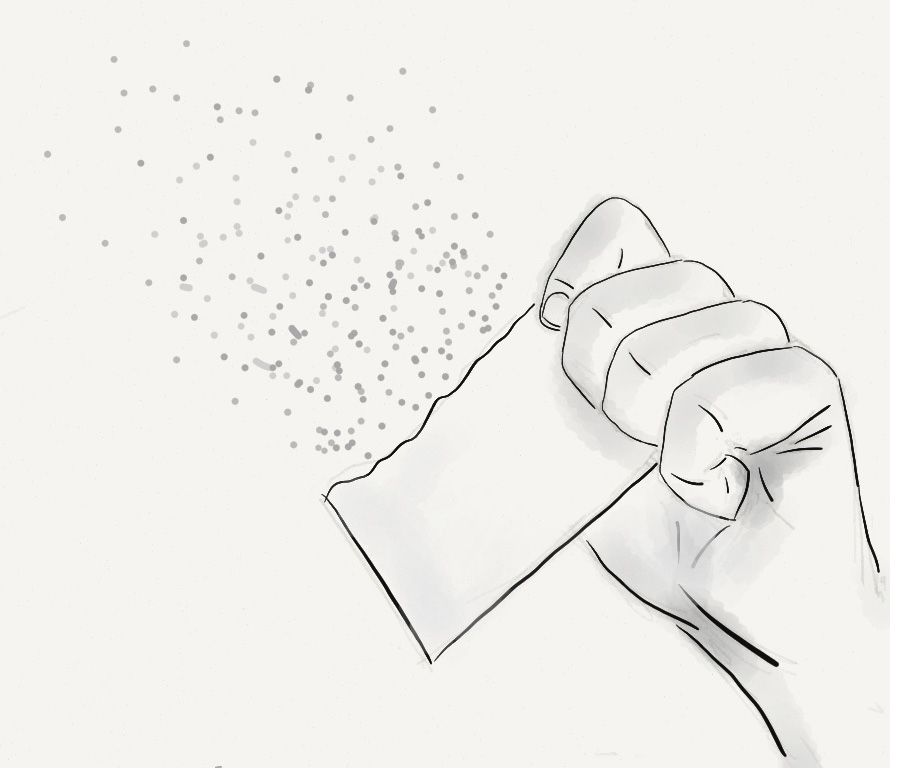
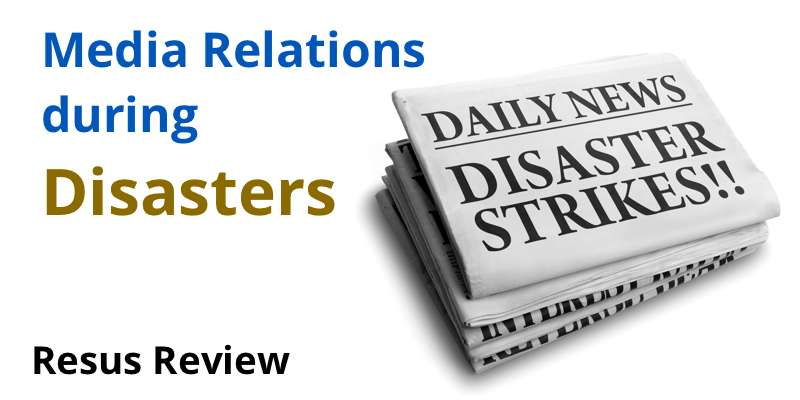
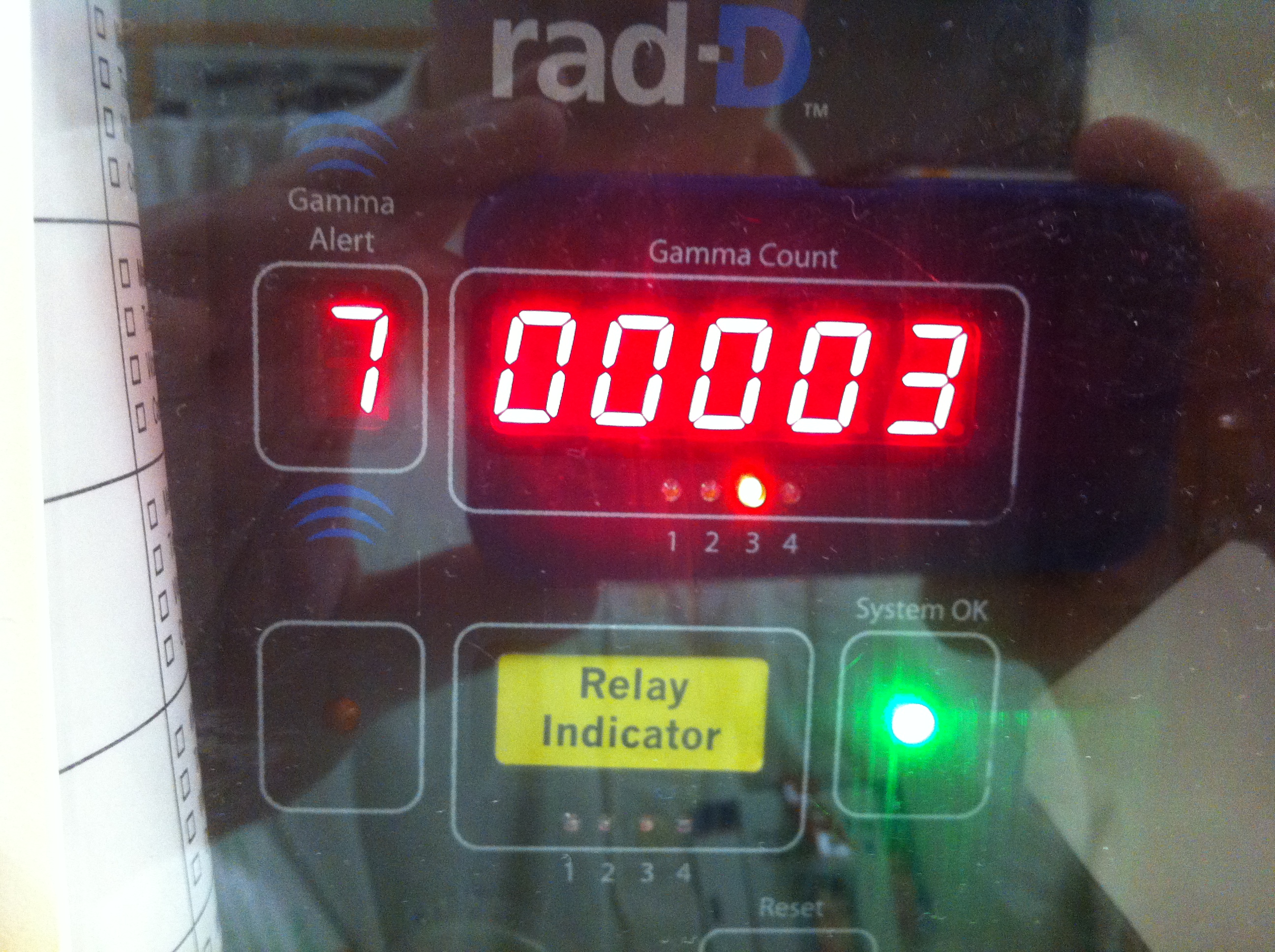
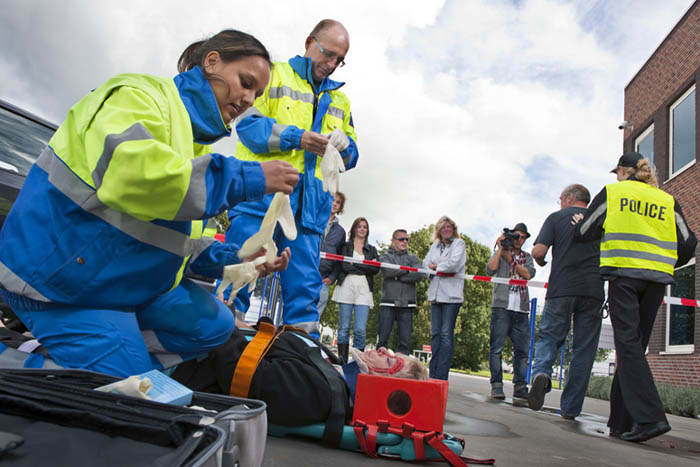
[…] Key Points of Disaster Medicine […]